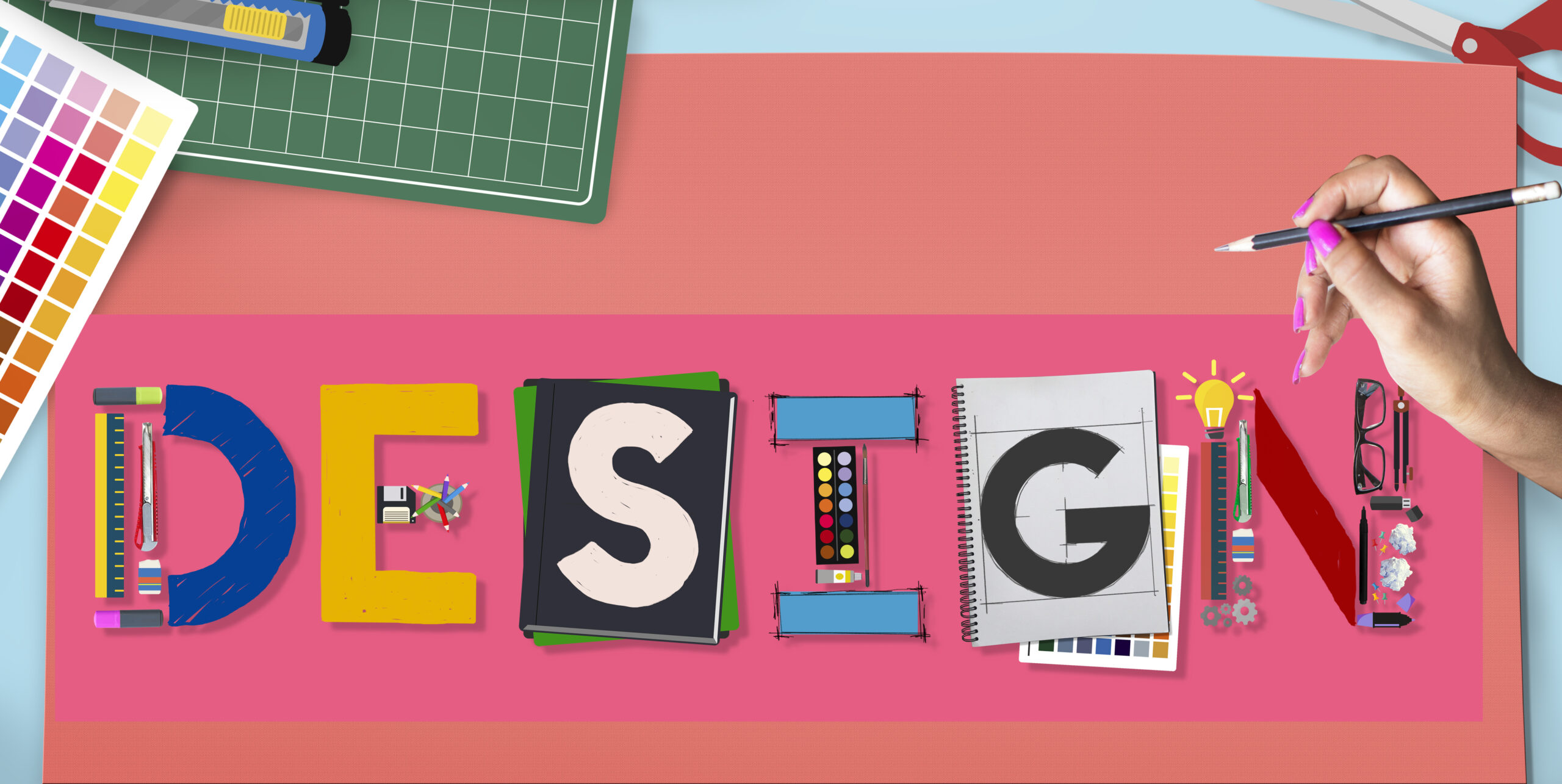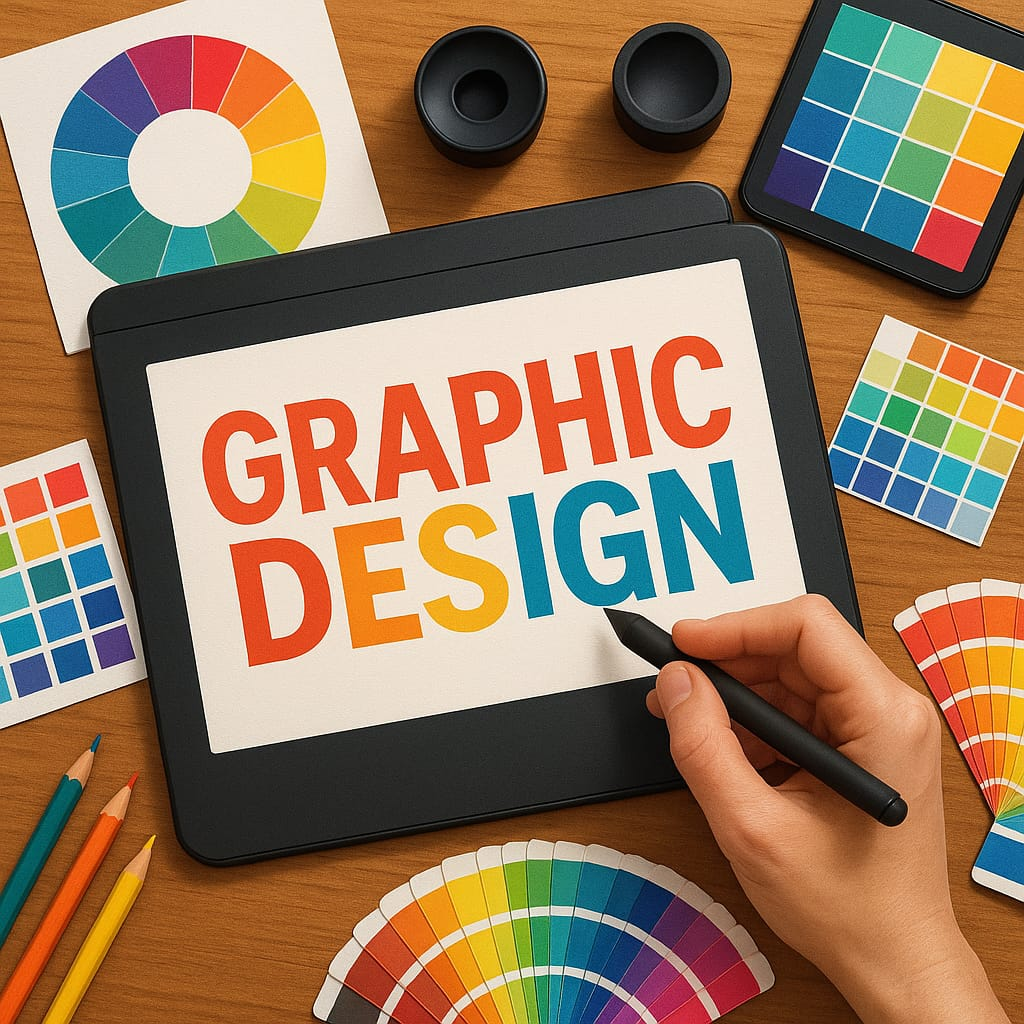Alright, buckle up buttercups! Ready to dive headfirst into the dazzling world of graphic design but feeling like you're staring at a blank canvas wit
Alright, buckle up buttercups! Ready to dive headfirst into the dazzling world of graphic design but feeling like you’re staring at a blank canvas with a crayon box? Fear not, my creative comrades! Picking the right tools to kickstart your design journey doesn’t have to be a tech-induced migraine. This guide is your friendly compass, pointing you towards the land of user-friendly design software that won’t break the bank or your spirit. Whether you’re a budding freelancer, a content-creating wizard, an influential storyteller, or a teacher looking to add some visual pizzazz to your presentations, we’ve got you covered. Let’s make some design magic happen!

Navigating the Design Software Jungle: What to Consider
Choosing your first graphic design software can feel like stepping into a digital jungle teeming with options. But don’t worry, we’ll equip you with the right machete (metaphorically speaking, of course!). Here are some crucial factors to consider before you take the plunge:
Your Skill Level (Hello, Beginners!): Let’s be real, if you’re just starting, you probably don’t need software with a learning curve steeper than Mount Everest. Look for drag-and-drop design tools and interfaces that are intuitive and easy to navigate. Think of it like learning to ride a bike – you start with training wheels before attempting any Tour de France stunts! Many online design tools for beginners offer free trials or basic versions, allowing you to dip your toes in without a huge commitment. For instance, imagine Sarah, a teacher who wants to create engaging infographics for her online classes. She’d likely benefit from a platform with pre-designed templates she can easily customize.
Your Budget (Wallet-Friendly Wonders): Let’s talk money! Graphic design software ranges from free to subscription-based models that can sometimes feel like a monthly rent payment. As a beginner, explore free or affordable options. Many excellent online design tools for beginners offer robust features without requiring you to empty your piggy bank. Consider your long-term goals, though. If you see yourself diving deeper into design, a paid subscription might eventually offer more advanced features and flexibility. Think of Mark, a freelancer starting his social media management business. He might begin with a free tool to manage costs initially but plans to upgrade as his client base grows.
Your Project Needs (What Will You Be Creating?): Are you primarily focused on social media graphics, presentations, logos, or something else entirely? Different tools excel in different areas. Some are fantastic for creating quick social media posts, while others are better suited for more complex tasks like logo design or photo editing. For example, a content creator focusing on Instagram might prioritize a tool with easy-to-use templates for stories and posts. On the other hand, someone wanting to design a professional logo might eventually need software with more precise vector editing capabilities. Understanding your typical design tasks will significantly narrow down your options when considering how to choose the right graphic design software for beginners.
Ease of Use and Learning Curve (No Tech Degrees Required!): This is paramount for beginners. A cluttered interface with a million buttons can be incredibly intimidating. Look for software with a clean, well-organized layout and readily available tutorials or support resources. Many user-friendly design software options boast active online communities where you can find help and inspiration. Imagine David, a complete design newbie, trying to create a flyer for his local community event. He’d be much more successful with a tool that offers clear instructions and visual cues rather than one that requires him to decipher complex menus.
Top Contenders in the Beginner-Friendly Arena
Now that we know what to look for, let’s peek at some popular and user-friendly design software options that often get a thumbs-up from beginners:
Canva: Often hailed as the king (or queen!) of drag-and-drop design tools, Canva is incredibly popular for its intuitive interface and vast library of templates for everything from social media posts to presentations and posters. Its free version is surprisingly robust, making it a fantastic starting point. Think of it as your design playground with training wheels. Plus, it’s entirely online, making it accessible from any device. According to recent statistics, Canva boasts millions of active users, a testament to its ease of use and versatility.
Figma (with a gentle learning curve): While often used by professionals, Figma’s free tier and collaborative features make it an increasingly attractive option for beginners willing to learn a slightly more advanced interface. Its strength lies in vector graphics, making it excellent for UI/UX design and scalable graphics like logos. Think of it as graduating from crayons to fine-tipped markers – a bit more precision, but still manageable. Numerous online tutorials cater specifically to beginners learning Figma.
Adobe Express (formerly Adobe Spark): Backed by the industry giant Adobe, Express offers a simplified interface focused on quick content creation for social media, web pages, and short videos. It leverages Adobe’s powerful image library and offers a bridge to their more advanced tools if you decide to level up later. Consider it your stepping stone into the Adobe ecosystem.
PicMonkey: This online design tool focuses on photo editing and graphic design with a user-friendly approach. It offers a good balance between ease of use and creative control, making it suitable for beginners who want to enhance photos and create simple graphics. Imagine Maria, an influencer who wants to create eye-catching thumbnails for her videos – PicMonkey could be a great fit.
Making the Right Choice for You
Ultimately, the “best” graphic design software for beginners is the one that best suits your individual needs, skills, and goals. Don’t be afraid to try out free trials or basic versions of several tools to see which one clicks with you. Consider these questions as you explore:
Does the interface feel intuitive and easy to navigate?
Does it offer the features you need for your typical design tasks?
Are there sufficient tutorials and support resources available?
Does it fit within your budget?
Remember, the goal is to find a tool that empowers you to bring your creative visions to life without feeling overwhelmed.
Your Design Adventure Awaits!
Choosing your first graphic design software is a significant step on your creative journey. By considering your skill level, budget, project needs, and the ease of use, you can confidently navigate the options and select a tool that will be your trusted companion in visual storytelling. Whether you opt for the drag-and-drop simplicity of Canva, the vector power of Figma, the Adobe integration of Express, or the photo-focused PicMonkey, the most important thing is to start creating!
So, what are you waiting for? Dive in, experiment, and unleash your inner designer. The world is waiting to see your creations!
Ready to take the plunge? Tell us in the comments below which design tool you’re most excited to try!



COMMENTS